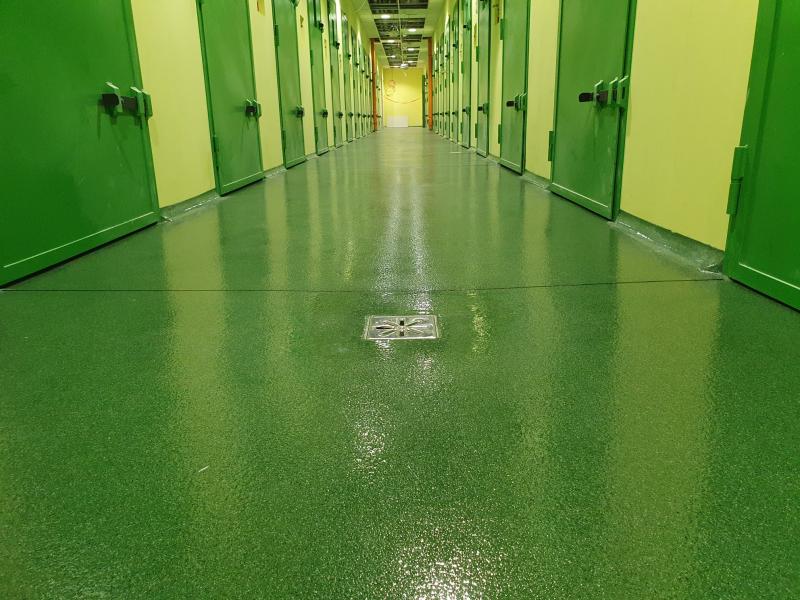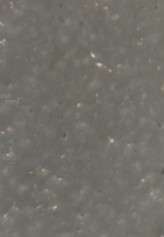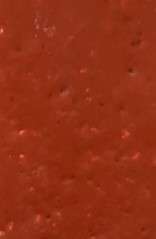Polyurethane Cement Flooring - PUCEM SL Self-leveling
Polyurethane Cement Flooring - PUCEM SL Self-leveling
Adapt your system
PUCEM SL Self-leveling
The Eurostep PUCEM SL self-levelling system is a 4-5 mm floor finish consisting of a combination of polyurethane and cement. The PUCEM SL self-leveling system is often used in the industrial sector.
• The PUCEM SL self-levelling system is wear-resistant and heavy-duty.
• It is a smooth floor finish that is easy to maintain
• PUCEM SL is liquid-tight and has excellent resistance to chemicals, oils and solvents.
• The smooth finish also provides an easy-to-clean surface that is hygienic
• Extremely heat resistant and can therefore withstand hot water.
• Rapid build-up of high strength in a short time
• For the technical description, see: TDS
• Follow the manual for optimal application of PUCEM SL.
Pay particular attention to this (the manual in a nutshell)!
1. Before applying PUCEM SL, first pre-treat the surface with PUCEM L as a primer to fill the pores of the surface.
2. Pour the A-component into a bucket and add the pigment paste.
3. Then add the entire contents of the B component to the A component and the pigment.
4. Mix for 30 seconds until a homogeneous mixture.
5. Add the filler and mix thoroughly for 1 minute until a lump-free mixture is formed.
6. Pour the mixture and spread it evenly over the subfloor with a floor trowel. Always pour the entire contents of the bucket at once to prevent a rapid reaction of material in the bucket.
7. Roll with a spiked roller.

Ideal for:
- chemical industrie
- Food industry
- Production areas
- Pharmaceutical industry
Disclaimer
Despite the fact that this calculation system has been carefully compiled, no rights can be derived from the outcome. These calculations are performed on the basis of a number of general principles. The results of the calculations are only an indication. This is because the applicable circumstances for the project concerned for which the order applies cannot be taken into account.

 FR
FR
 NL
NL
 PL
PL
 EN
EN




